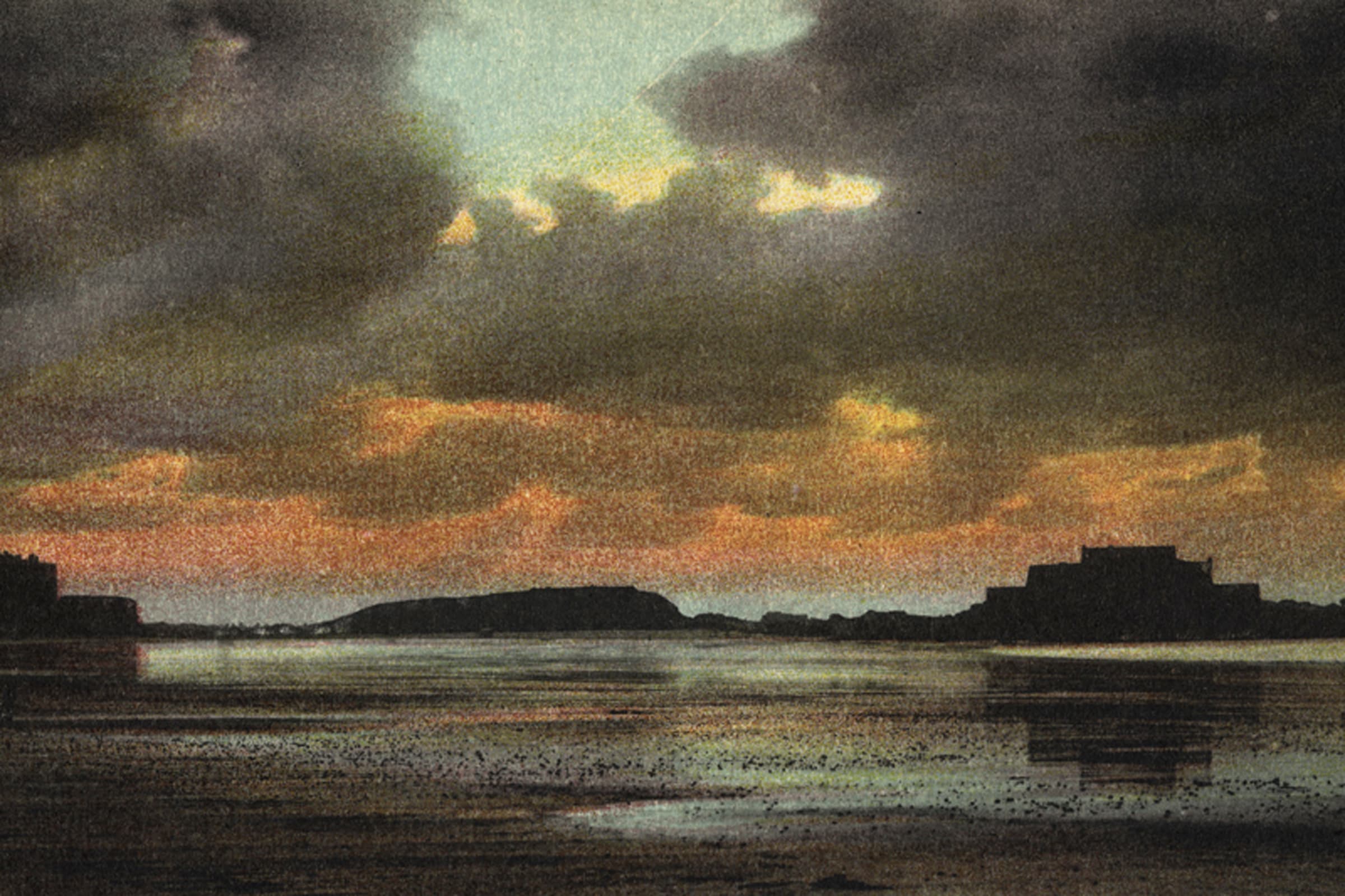

Elger Esser New Works
Overview
Sensitive and precise in his observation, Esser seeks in his surroundings those moments which reveal the essential character and mood of a landscape.
We take pleasure in presenting a completely new series of works by the German photographer Elger Esser. Here close attention is devoted to historical photography, which also serves as the motivic fundamental substance of the works.
The classical genres of vedute and landscape are central themes in Esser's photographic œuvre. Recent years have seen the development of formal relationships with these genres through largely monochrome colouring, a predilection for diffuse, uniform lighting and constant tension between micro- and macro-structures. The perfect synthesis of timeless beauty as seen by the old masters and Elger Esser's exploration of the technical resources of photography remains a unique phenomenon in contemporary art.
Sensitive and precise in his observation, Esser seeks in his surroundings those moments which reveal the essential character and mood of a landscape. He often finds the true personality of a landscape in the context of the regional architecture, his artistic eye seeing water, light and architecture as inextricably linked.
Esser's photographs manifest frequent associations with late-18th- and 19th-century travel literature, and his work shows close study of verbal description of landscape. Just as frequent are links with art history – here especially references to 17th-century Dutch painting and the art form of the 19th-century postcard.
Elger Esser's works reflect a view schooled in literature and art history, thus with an intuitive instinct for finding pictures.
His new series deals to an increased extent with the merging of photography into painting. If up to now Esser's landscapes have looked from a distance like paintings which closer inspection identifies as photographs, conversely his new works appear at first sight as photographs, gradually revealing painterly aspects such as structure, composition and application of colour. As a basis for his new works he uses details from historical postcards, transferring the motifs to a new context by enlargement and colour alteration. Thus prosaic, sentimental snapshots from a long-forgotten age become intensely dramatic scenes, sometimes reminiscent of the great iconographic pathos formulae of art history.
Esser reflects 19th-century French art on the basis of his own personal imagery. Associations with the impressionist and pointillist movements suggest themselves. Esser describes the relationship between photography and painting as "very close [...] Photography today also fulfils demands that, from a historical point of view, used to be covered by painting. I certainly see my work as reminiscent of this."
The cool, objectivising documentary eye of Bernd Becher, his professor at the Düsseldorf Academy of Art, is not perceptible in Elger Esser, whose photographs could be called a poetic documentation of subjective memories. There is, however, a comparison in the formal strictness of composition, which appears like a leitmotif throughout his works.

















































































































































































